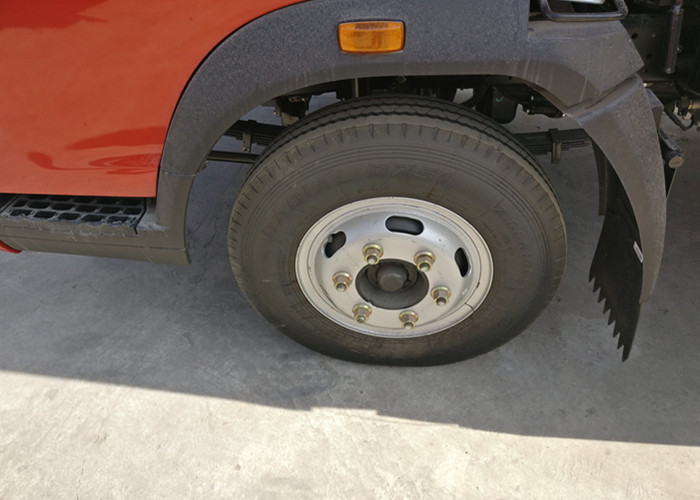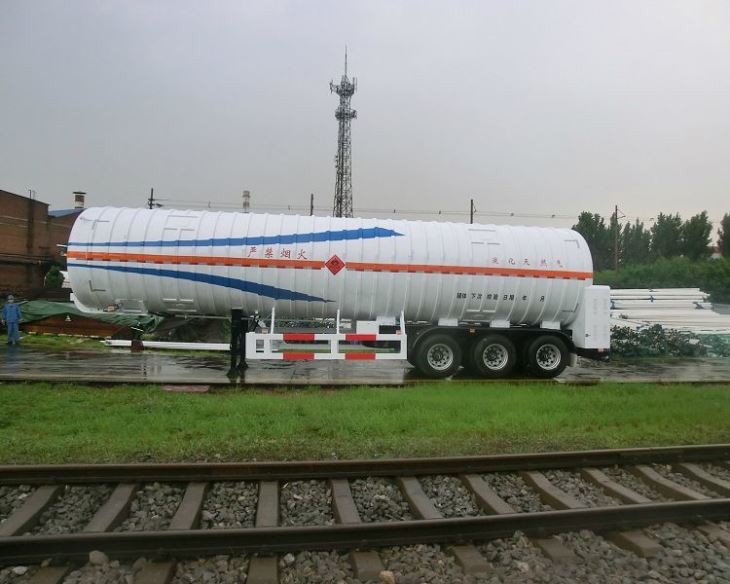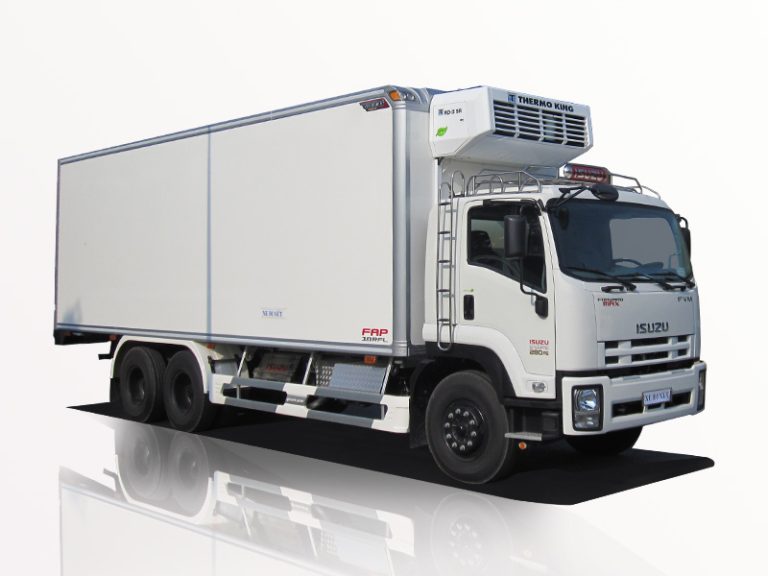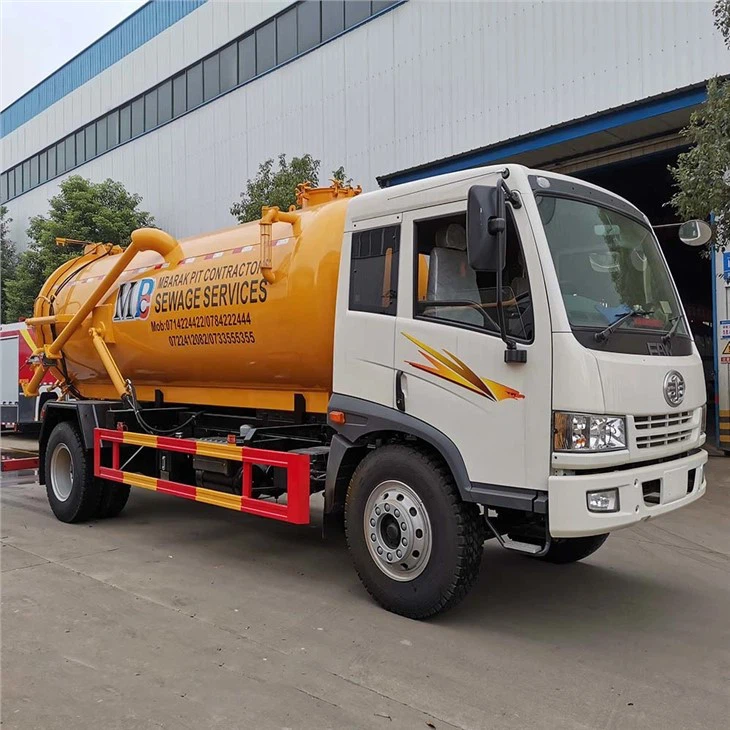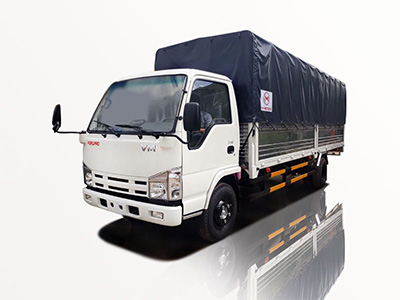Septic tank trucks play a critical role in maintaining and managing septic systems, particularly in rural areas where sewer systems may not be readily available. These trucks are designed to transport waste from septic tanks and other various systems, ensuring proper disposal and handling. This article delves into the various aspects of septic tank trucks, including their types, operation, maintenance, regulations, and more. We will also provide practical examples and tips on how to select the right septic tank truck for your needs.
What Are Septic Tank Trucks?
Septic tank trucks, also known as vacuum trucks or sewage tankers, are specialized vehicles equipped with vacuum systems and large tanks to efficiently collect, transport, and dispose of waste from septic systems. They are commonly used by waste management companies, municipalities, and contractors for both residential and commercial needs.
Components of a Septic Tank Truck
- Tank: The primary container responsible for holding the waste. Tanks vary in size, typically ranging from 1,000 to 3,000 gallons.
- Vacuum Pump: This component creates the suction necessary to draw waste from the septic tank into the truck’s tank.
- Hoses: Flexible pipes used to connect the vacuum pump to the septic tank, facilitating the transfer of waste.
- Discharge System: Allows for the safe unloading of waste at a treatment facility or designated disposal site.
Types of Septic Tank Trucks
There are several types of septic tank trucks, each tailored for specific tasks:
1. Standard Vacuum Trucks
These are the most common type of septic tank trucks, equipped with powerful vacuum pumps for efficient waste removal.
2. Liquid Waste Transport Trucks
Designed for transporting large volumes of liquid waste, such as sewage, these trucks often have reinforced tanks to handle the corrosive nature of wastewater.
3. Septage Trucks
Specifically designed for the transportation of septage (the sludge that accumulates in septic tanks), these trucks often include advanced filtration and treatment systems.
How Do Septic Tank Trucks Work?
The operation of a septic tank truck involves several steps:
1. Preparation
The operator gauges the septic tank’s level and assesses its condition before proceeding with the pumping process.
2. Connecting the Hose
The operator connects the suction hose to the septic tank’s access port, ensuring a secure fit to prevent spills.
3. Pumping Waste
Once the hose is connected, the vacuum pump is activated to create suction, drawing the waste into the truck’s tank.
4. Transporting Waste
After pumping, the truck transports the waste to a designated treatment facility or disposal site.
5. Disposal
Upon reaching the facility, the operator connects the discharge hose and unloads the waste safely, adhering to local regulations.
Choosing the Right Septic Tank Truck
Selecting the right septic tank truck requires consideration of multiple factors:
1. Tank Size
The size of the tank should correspond to the volume of waste expected for transport. Larger tanks are ideal for frequently serviced commercial properties, while smaller tanks suffice for residential applications.
2. Pump Capacity
Check the vacuum pump’s capacity; a higher capacity relates to faster waste removal, saving time and labor costs.
3. Vehicle Type and Maintenance
Consider the durability and maintenance needs of the truck. Choose models known for their reliability and ease of upkeep.
4. Regulatory Compliance
Ensure that the truck complies with local waste disposal regulations and safety standards. This will prevent legal issues and ensure safe operations.
5. Brand Reputation
Invest in reputable brands known for quality septic tank trucks to guarantee longevity and performance.
Maintenance of Septic Tank Trucks
1. Routine Inspections
Conduct regular inspections to check for any wear and tear on hoses, tanks, and pumps.
2. Cleaning and Flushing
Clean the tank after each use to prevent buildup and odor, and flush the system to remove remnants of waste.
3. Check the Vacuum System
Ensure the vacuum pump is functioning correctly and maintain it according to the manufacturer’s guidelines.
4. Tire and Brake Checks
Inspect tires for wear and ensure brakes are functioning properly, as these are crucial for vehicle safety.
Understanding Local Regulations
Knowing the local regulations about septic waste management is vital for compliance:
1. Waste Disposal Regulations
Check with local authorities to understand disposal requirements and restrictions for waste hauling.
2. Licensing and Permits
Some areas require specific licenses or permits to operate a septic tank truck legally. Ensure that your operations meet these legal requirements.
3. Environmental Concerns
Be aware of environmental regulations regarding waste handling to minimize impact and adhere to sustainability practices.
Cost Considerations for Septic Tank Truck Services
Understanding the costs associated with septic tank truck services is crucial for both operators and customers:
1. Service Fees
Service fees can vary widely depending on the geographic area, truck size, and waste volume. Here is a typical pricing table:
| Service Type | Price Range |
|---|---|
| Residential Septic Pumping | $150 – $400 |
| Commercial Waste Removal | $500 – $1,500 |
| Emergency Services | $300 – $800 |
2. Equipment Costs
The cost of purchasing a septic tank truck can range from $50,000 to over $150,000, depending on the truck’s specifications.
3. Maintenance Costs
Routine maintenance and unexpected repairs can add ongoing costs, so budgeting for these expenses is important.
Practical Tips for Homeowners
Homeowners can benefit from effective maintenance and care of their septic systems to minimize the need for septic tank truck services:
1. Regular Pumping
Pump your septic tank every 3-5 years, depending on size and water usage, to prevent overflow and backups.
2. Watch What You Flush
Avoid flushing non-biodegradable items and chemicals that can disrupt the balance of your septic system.
3. Drain Field Care
Regularly inspect the drain field for standing water or unusual smells, as these can indicate problems.
4. Know Your System
Familiarize yourself with the layout and capacity of your septic system to ensure you can inform service providers accurately.
FAQs About Septic Tank Trucks
1. How often should I pump my septic tank?
It is generally recommended to pump your septic tank every 3 to 5 years, but this can vary based on tank size and household usage.
2. What happens if I don’t pump my septic tank?
If you neglect to pump your septic tank, sludge can build up, leading to backups, flooding, or damage to the system.
3. How are septic tank trucks cleaned after use?
After use, septic tank trucks should be thoroughly cleaned and flushed to remove all waste. Regular cleaning helps prevent odors and equipment corrosion.
4. Are there environmentally friendly options for waste disposal?
Many treatment facilities use eco-friendly methods for processing waste, including biosolids recycling and methane capture, which can aid in sustainability.
5. Are there specific training requirements for septic tank truck operators?
Yes, operators typically require training in safety regulations, waste handling protocols, and operational training specific to vacuum systems.
6. Can I rent a septic tank truck?
Some companies offer rental options for septic tank trucks, but ensure you have the appropriate licenses and training to operate them legally and safely.
